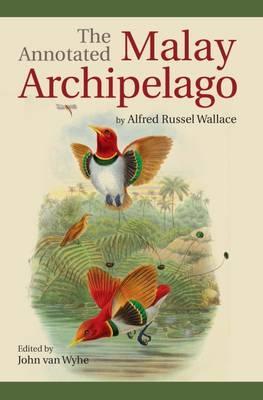
Out of Stock
The Annotated Malay Archipelago
RM 78.00
- Publication Year: 2014
- Publisher: NUS Press
- Binding: Softcover
- Pages: 836 pages
- ISBN: 9789971698201

Out of Stock
RM 78.00
Summary
First published in 1869, The Malay Archipelago is a classic work on
Southeast Asian society, nature and imperialism. It is a memoir
filled with the observations and thoughts of Victorian naturalist
Alfred Russel Wallace and describes his travels in Southeat Asia
between 1854 and 1962. Within its pages are a number of interlocking
texts-scientific treatise, travelogue and history filled with
ethnographic observations and tales of flora and fauna- all of which
make it appealing to not only scholars of a range of disciplines in
Southeast Asia but also scientists throughout the world.
At its most basic The Malay Archipelago is a travelogue. Wallace
arrived in the Melaka Strait in 1854 and proceeded to explore the
islands of Southeast Asia, ranging from Sumatra to New Guinea, with
a considerable amount of time spent in eastern Indonesia. In a
crisp, clear writing style, Wallace described peoples, landscapes
and nature with particularly exquisite chapters on birds of paradise
and Singapore being personal favourites of mine. While these tales
are fascinating, the reason the book remains an important piece of
literature with a global impact is what occurred to Wallace
intellectually while in Southeast Asia. During his journey, he took
note of geographical distribution of animals throughout the
archipelago. Wallace slowly came to a realization that led to the
development of one of the most revolutionary ideas in history: a
basic understanding of evolution through natural selection.
This edition of The Malay Archipelago is a product of the larger
work of its editor, John van Wyhe, who has spent the past decade
developing and operating the Wallace Online website
(www.wallace-online.org). Any visitor to the website can peruse the
entirety of the writings of the Victorian naturalist, from letters
to notebooks to illustrations, something van Wyhe accomplished
earlier with the writings of Charles Darwin. With such a background,
van Wyhe brings his wealth of knowledge about Wallace, and
nineteenth-century natural history, to this edition. The result is
not only the classic text, but also additional information that
deepens our appreciation of the work.